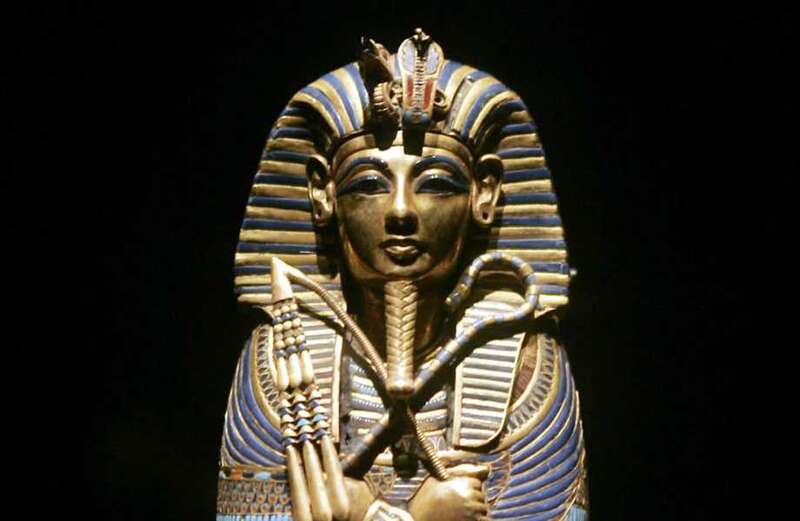ANCIENT EGYPT is one of the most well-studied periods in history and archaeologists are still uncovering major finds to this day.
We've rounded up three of the biggest Ancient Egyptian discoveries in modern history.


In April 2021, The Egyptian Ministry of Antiquities announced the discovery of a city called The Rise of Aten.
It dates back to the reign of Amenhotep III, which occurred around 3,000 years ago.
The city was discovered during an Egyptian mission near Luxor.
 Baffled workers find extraordinary ancient shipwreck in quarry 300mtrs from sea
Baffled workers find extraordinary ancient shipwreck in quarry 300mtrs from sea
Experts hailed it the most "important discovery since the tomb of Tutankhamun."
It was also nicknamed the "Golden City of Luxor" and became “the largest” ancient city ever found in Egypt.
The "Golden City of Luxor" was mentioned in ancient texts, which led many experts to try and search for it over the years.
ABU SIMBEL

Abu Simbel is a site known for two huge rock-cut temples, with some of the most amazing rock facades dating back to Ancient Egypt.
It was built by Ramesses II in the 13th century BC.
The temples contained mysterious chambers so complex that the sunlight illuminated a statue of Ramesses II twice a year when the sun lined up with the temple entrance.
The site was discovered in 1817 but in 1960 the entire complex was moved and rebuilt on higher ground due to the creation of a new dam.
TUTANKHAMUN'S TOMB


King Tutankhamun is the most famous of Egypt's ancient pharaohs.
He ruled Egypt more than 3,000 years ago from 1332 to 1323 BC.
Tut is known as the "boy king" as he was just 10 years old when he took the throne.
 Huge Viking hall discovered in 'biggest find' in more than a decade
Huge Viking hall discovered in 'biggest find' in more than a decade
The young pharaoh is also famous for the supposed curse that haunts his tomb.
After the tomb's discovery in 1922, archaeologists and even their family members died from horrible illnesses or in strange accidents – and some say the deaths weren't a coincidence.
Tutankhamun and a lot of the items in his tomb have since been moved to the Grand Egyptian Museum in Cairo, Egypt.
